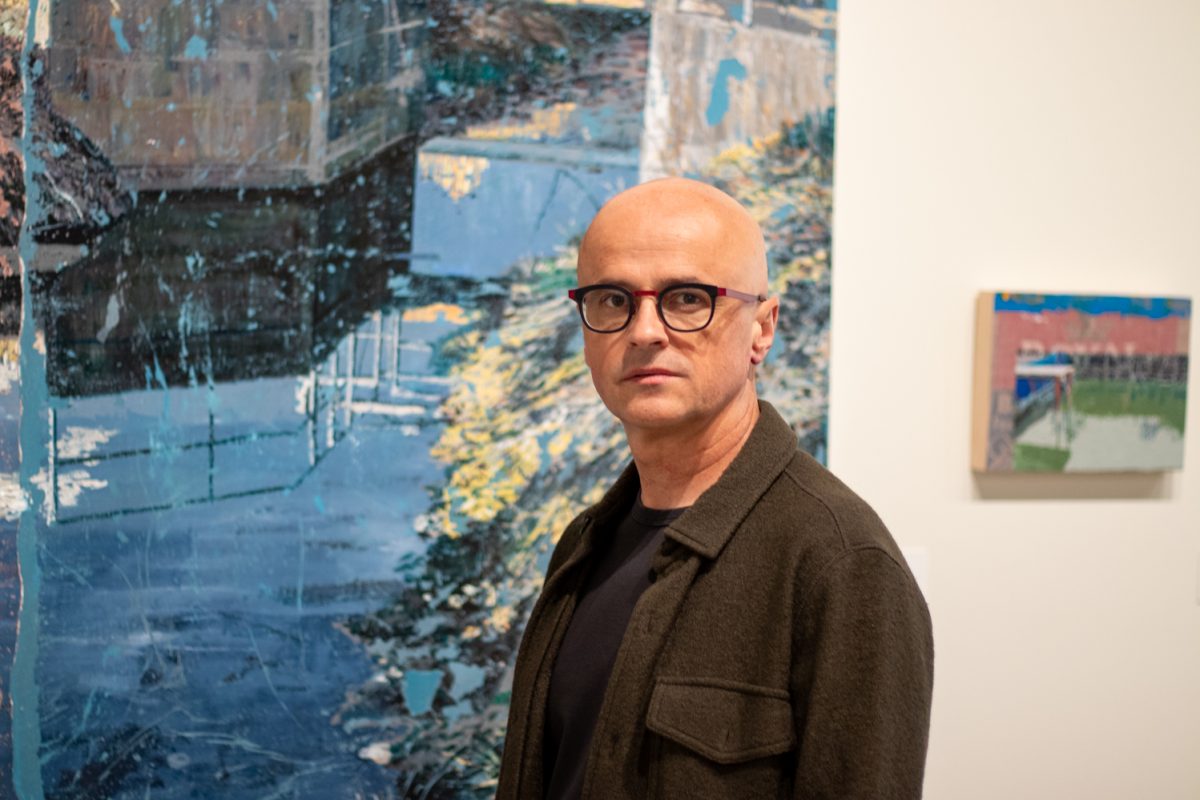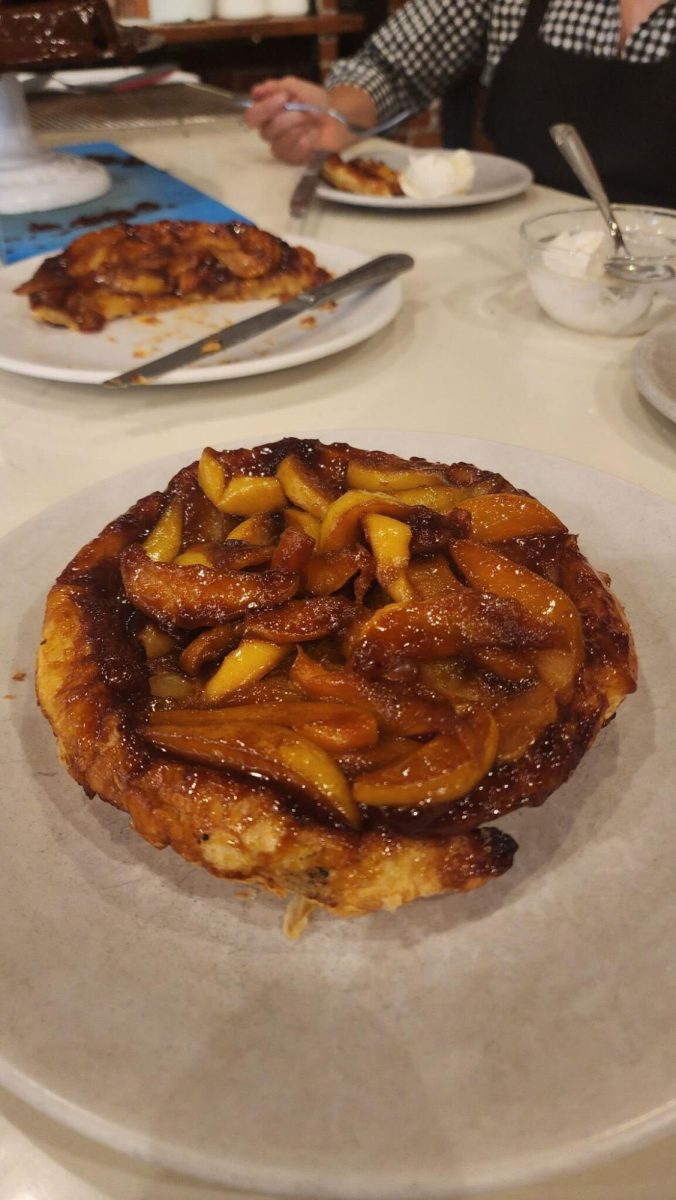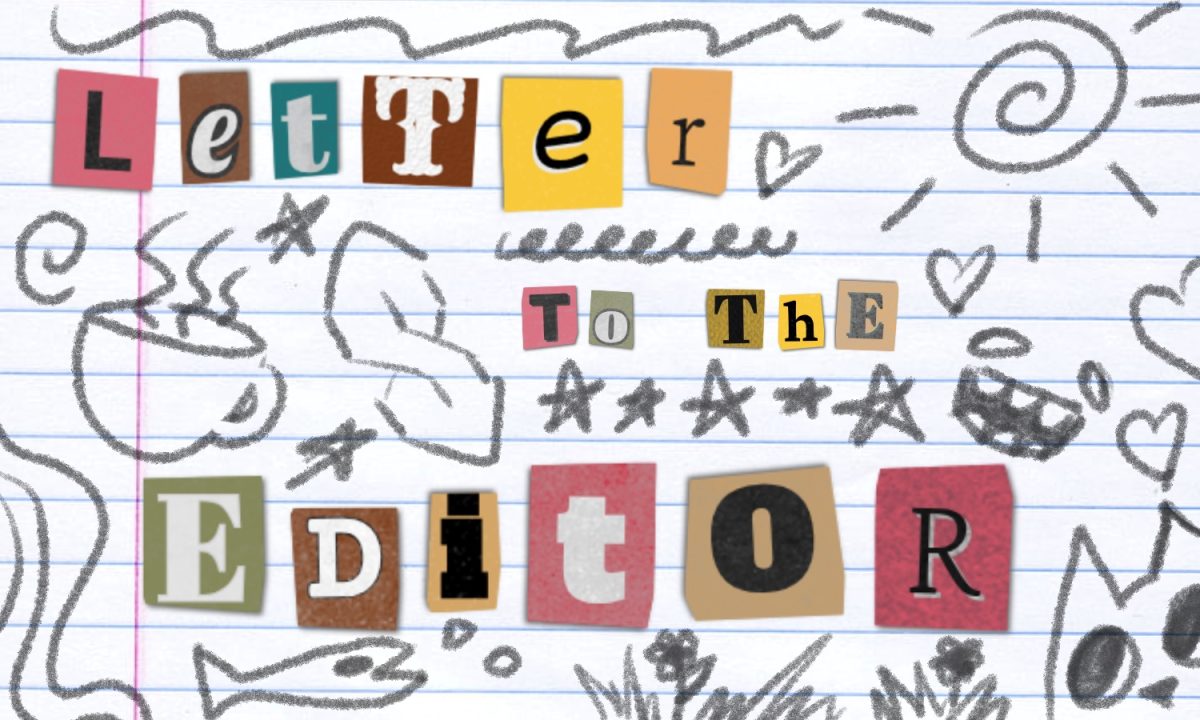 For some, Halloween is a fun holiday. For others, it’s a day of frustration.
For some, Halloween is a fun holiday. For others, it’s a day of frustration.
(Photo courtesy of Cultural Marxism organization/ Ohio State University)
Cultural appropriation, according to Cambridge English Dictionary, is “the act of taking or using things from a culture that is not your own, especially without showing that you understand or respect this culture.”
Whether it’s blackface, “traditional” Native American garb, or strapping on a quinceañera dress and a tiara, it’s cultural appropriation, and it’s an issue at Colorado State University each year.
Assistant Director of the Native American Cultural Center Tiffani Kelly offered words of advice for those looking to avoid appropriating cultures this Halloween.
“Try to understand what the communities are facing,” Kelly said. “And know that it goes beyond just hurting our feelings.”
Kelly pointed out that costumes like “sexy Indian” perpetuate harmful stereotypes of Native American women, notably because they are the most likely group to suffer sexual assault.
If you’re curious as to what exactly is offensive to a culture, Kelly also has some advice.
“Come into one of the diversity offices and ask,” Kelly said. “It doesn’t give you a pass to wear a bad costume, but it’s an opportunity to educate yourself.”
The idea of cultural appropriation in Halloween sparks debates every year, and this time around, people are focusing on Moana, the protagonist in a Disney movie set in ancient Polynesia. According to Suchi Verma, a sophomore studying computer sciences, this costume is acceptable.
“I think it’s fine because they want to dress like Moana, not the stereotypical Pacific Islander,” Verma said. “But don’t dress like a different culture if you have no knowledge about the culture and its traditions.”
Additionally, Verma offered advice to those that can’t seem to find a costume.
“If you can’t think of anything to dress up as then wear a unicorn onesie,” Verma said. “Because everyone at CSU is a unicorn and a wonderful person.”
The University is also taking steps to preemptively prevent cultural appropriation on Halloween around campus.
According to Laura Giles, director of Residence Life, her department has created a bulletin board that expands on the concept. The board is designed to “provide education and a starting point for conversations with residents,” according to Giles. The bulletin boards are in the residence halls, and there are also digital posters.
Beyond that, the President’s Multicultural Student Advisory Committee (PMSAC) has launched an initiative here on campus to help prevent cultural appropriation.
The committee decided to bring a campaign from Ohio State University to CSU. The campaign uses posters to highlight various cultures being appropriated contrasted against an image of someone from that particular culture. Each poster also reads, “We’re a culture, not a costume.”
Joe Tiner, a graduate student studying education and human resources and chair of PMSAC, said the initiative was brought to CSU for a purpose.
“Our goal with this initiative is to show students that it is not appropriate to dress as an identity or culture for Halloween,” Tiner said. “Oftentimes, Halloween costumes that portray identities or cultures can embody hurtful stereotypes and perpetuate them even more.”
Collegian reporter Nate Day can be reached at antertainment@collegian.com or on Twitter @NateMDay.










